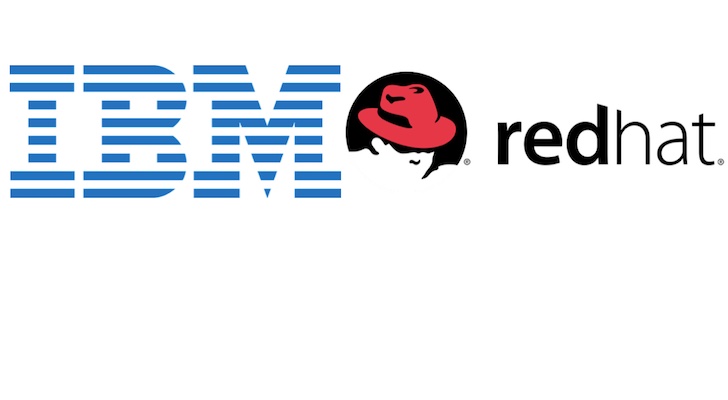On Sunday, IBM (NYSE:IBM) shook the tech world with the announcement that it’s buying open-source cloud software giant Red Hat (NYSE:RHT). The acquisition is worth $34 billion, making it the world’s second-largest technology deal, ever. With Red Hat, IBM would become the world’s number one hybrid cloud vendor as it battles Amazon (NASDAQ:AMZN) and Microsoft (NASDAQ:MSFT) for overall cloud computing supremacy.
IBM and Red Hat Announce Acquisition
On October 28, IBM and Red Hat released a joint statement announcing that IBM would acquire Red Hat. IBM is paying $190.00 per share of common stock, giving the all-cash deal a value of approximately $34 billion. It is expected to close in the second half of 2019. As a result of the deal, IBM CEO Ginni Rometty says:
“IBM will become the world’s #1 hybrid cloud provider, offering companies the only open cloud solution that will unlock the full value of the cloud for their businesses.”
At $34 billion, Bloomberg notes that this would be the second largest technology deal on record. What was the biggest? That would be Dell’s
(NYSE:DVMT) $63.7 billion acquisition of EMC, which was finalized in 2016.
IBM investors have not been enthusiastic about the acquisition, with IBM shares down about 3% so far. Meanwhile, Red Hat shares are up 49% — still a bit short of the acquisition price, however.
Who or What is Red Hat?
Everyone knows IBM, but Red Hat is a little less well known, at least outside of tech circles. The North Carolina-based company is the world’s leading provider of open source cloud software. That includes the distribution and support of Red Hat Enterprise Linux, the open source operating system that powers the servers in many data centers. Red Hat claims 90% of Fortune Global 500 companies use its operating system.
For fiscal year 2018, Red Hat reported revenue of $2.9 billion (a 21% increase over the previous year), but the company’s stock has been in a slump since June, losing a third of its value since hitting an all-time record of $176.27 on June 18.
What Does IBM Get From This Acquisition?
This acquisition is all about boosting IBM’s presence in the cloud, and in particular the hybrid cloud market.
Amazon, Microsoft and IBM have been duking it out over leadership in cloud computing for years. Today, Amazon is on top in cloud computing, and AWS (Amazon Web Services) is Amazon’s primary source of profit. For the past decade, the world’s leaders in the overall cloud computing market have been Amazon, Microsoft and IBM — in that order.
AWS and Microsoft’s Azure are primarily public cloud. Companies rely on AWS and Azure data centers to host their computing needs. IBM sees the next big phase of growth in cloud computing being the hybrid cloud. The company says:
“Research shows that 80 percent of business workloads have yet to move to the cloud, held back by the proprietary nature of today’s cloud market. This prevents portability of data and applications across multiple clouds, data security in a multi-cloud environment and consistent cloud management.”
Hybrid cloud is a variation where a company runs its critical operations locally on its own computer network — but also employs cloud computing to run other aspects of its business, with the two environments able to exchange data. This lets these organizations keep key applications completely under their own control, while still taking advantage of the flexibility and lower operating costs of cloud computing.
IBM sees the opportunity to leverage its enterprise presence and existing $19 billion hybrid cloud with Red Hat’s expertise, to take a leadership position in what it sees as “an emerging $1 trillion growth market.”
Will the acquisition of Red Hat pay off for IBM? Other than a few quarters where the company strung together gains, its revenue has been on a slow decline for the past five years — and IBM stock has slid 31%. If IBM can succeed in leveraging Red Hat’s position as an open source cloud software leader and realize the potential it sees in hybrid cloud growth, then the $34 billion will be money well spent.
As of this writing, Brad Moon did not hold a position in any of the aforementioned securities.

